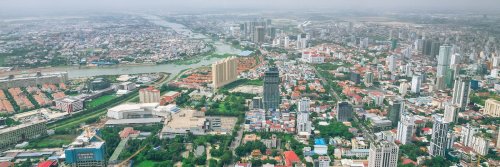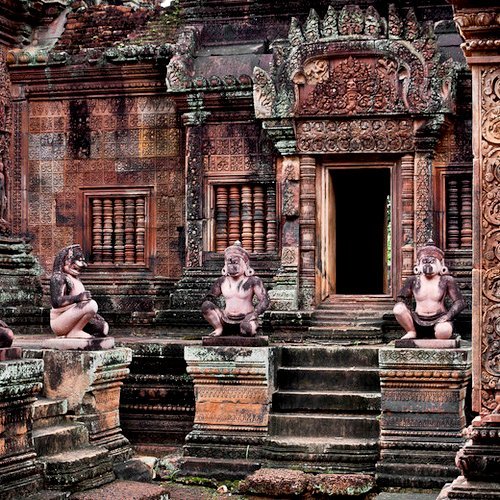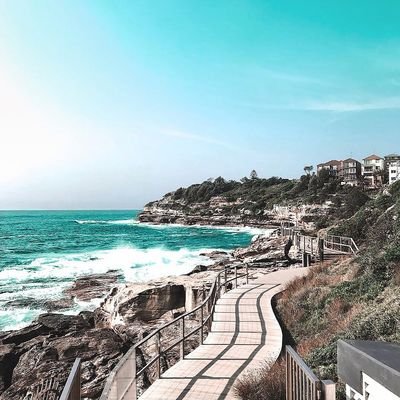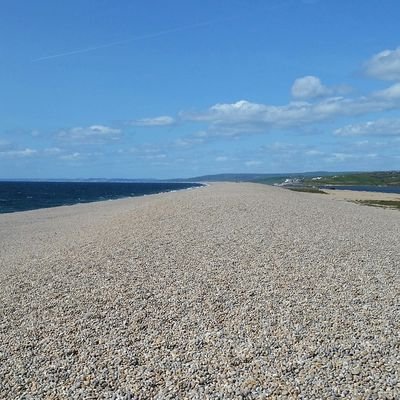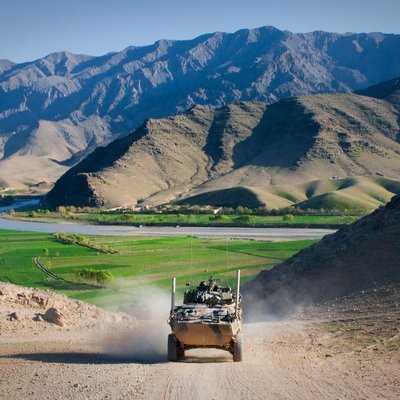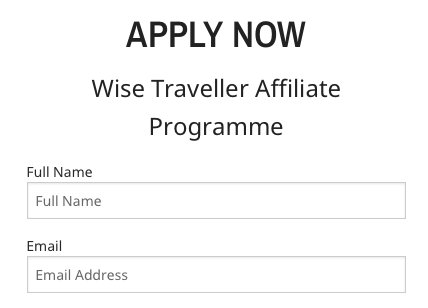Cambodia can be an easily overlooked destination as tourists considering a vacation in Southeast Asia hone in on Thailand, Malaysia, Vietnam and the Philippines. But what they are missing is a nation that has bounced back from the dark years of internal strife, which now offers a potential retreat that is as beguiling and embracing as it is enlightening and exciting.
While most tourists may rush onto the ruins of Angor Wat, the beautiful beaches of Sihanoukville in the country's south, or Choeung Ek, the mass graves of victims of Khmer Rouge killed between 1975 and 1979, the capital, Phnom Penh, offers an intriguing city break. Here are some places around the city to soak up the Cambodian culture:
Royal Palace
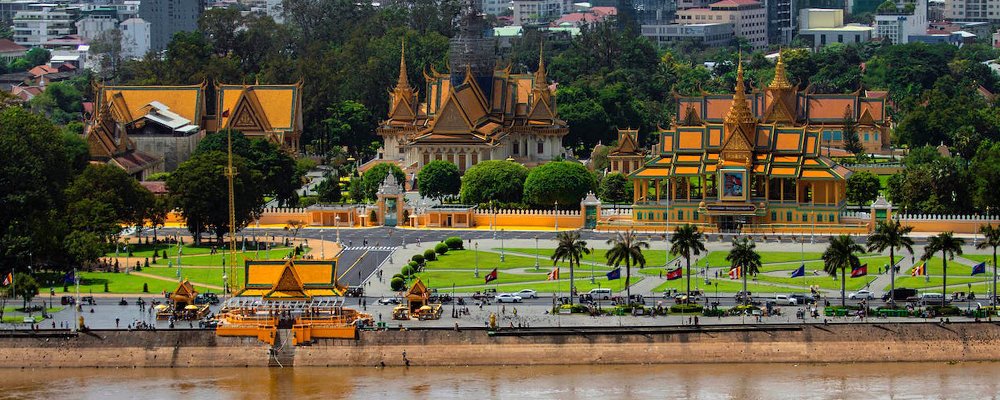
As an iconic must-see landmark, the Royal Palace is where the King of Cambodia resides. Comprising a throne and other precious monuments within a beautifully built complex, the Palace's Silver Pagoda allows tourists to peek into the world of Cambodian Royalty.
The Palace and its grounds were created by King Norodom in 1886 and were completed in the early 1910s. The complex, built with the aid of French and Thai administrators, is in a location chosen by astrologers and the King's confidances based on the King's horoscope.
One of the highlights is The Throne Hall, close to the main entrance, an elaborate hall that consists of a 59m central tower based on the iconic Khmer monument Bayon. It has four faces, and the pavilion is decorated with golden tiles.
Annual Water Festival
One of the many highlights of visiting the capital is the annual Water Festival. Suspended for the past three years due to the COVID-19 pandemic, Cambodia's grandest festival is now returning to the delight of locals and tourists.
The boat race is the centrepiece of a three-day festival, which sees thousands of rowers and spectators from across Southeast Asia flocking to Phnom Penh's riverfront. In 2023, the reactivated festival hosted 337 boats with about 20,000 crew members.
While the spectacle takes place along a 1.7-km stretch of the Tonle Sap River in front of the Royal Palace, the festival also honours the powerful Khmer marine forces during the ancient Khmer Empire in the 11th century. It also traditionally marks the end of the annual rainy season.
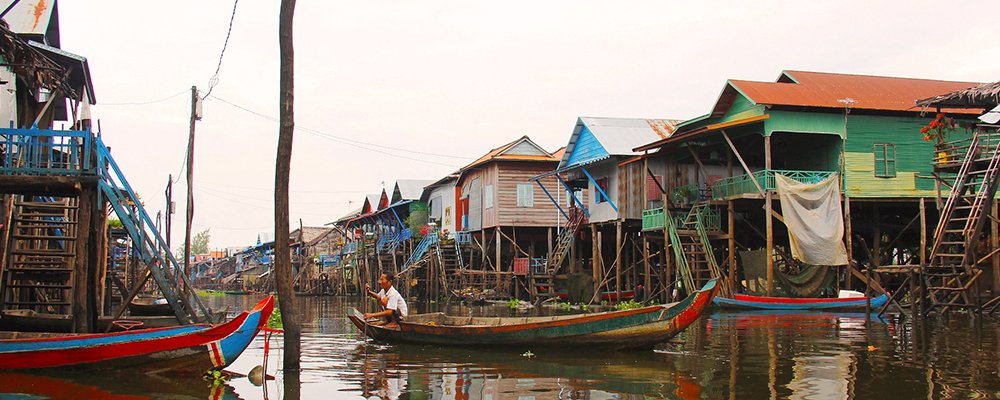
Phnom Tamao Zoo and Wildlife Rescue Center
Lying 45 minutes south of the capital, Cambodia's largest zoo and wildlife sanctuary offers a fascinating insight and safe refuge to many rare and endangered animals rescued over the years from traffickers and poachers.
Visitors can spot over 1,000 animals at the sanctuary, maintained by the Ministry of Agriculture's Forestry Department in association with WildAid and Free the Bears Fund. Over 1,200 hectares out of a 2,500-hectare forest-protected area, there are pelicans and storks, peacocks, gibbons, crocodiles, deer, sun bears, elephants and leopards, among many others.
Markets
If you love a bargain or want to immerse yourself in local life, then a trip to one of Phnom Penh's bustling markets can keep you and your camera occupied for many happy hours. Most make a beeline for Central Market (Phsar Thmei), which is contained in a unique Art Deco interpretation of a traditional market. Stalls have everything on offer: food, clothes and handicrafts.
Across the city, there are many other highlights, including the Russian Market (Phsar Toul Tom Poung), which has hundreds of stalls offering everything you want. Other tourist favourites are the Phnom Penh Night Market (Phsar Reatrey), an open-air evening locale close to the Riverside. For those looking for a different vibe, the Jet's Container Night Market continues to impress the in-crowd.
Tuol Sleng Genocide Museum And Cheung Êk
For tourists old enough to remember the Pol Pot regime and the mass killings of Cambodians in the mid to late 1970s, the Tuol Sleng Genocide Museum offers a sobering insight into the country's darkest days.
It now acts as a memorial site of the S-21 interrogation and detention centre of the Khmer Rouge regime, preserving a tragic period in history. S-21 served as the central hub of a vast prison system. It was used as a secret facility for the detention, interrogation, torture and extermination of those deemed "political enemies" of the regime.
An even starker reminder of the regime is Cheung Êk, the site of mass graves of victims in Dangkao, about 20 kilometres south of Phnom Penh. Nearly 9,000 bodies were found after the regime's end. Today, a Buddhist stupa has been built as a memorial. It acrylic glass all sides and contains the skulls of over 5,000 of the victims.
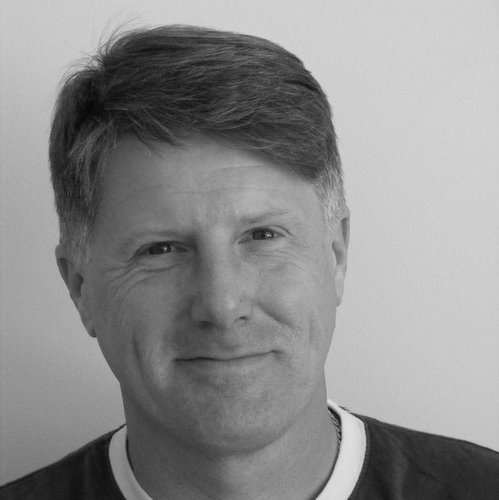 Andy Probert is an experienced freelance business travel journalist and PR specialist.
Andy Probert is an experienced freelance business travel journalist and PR specialist.

